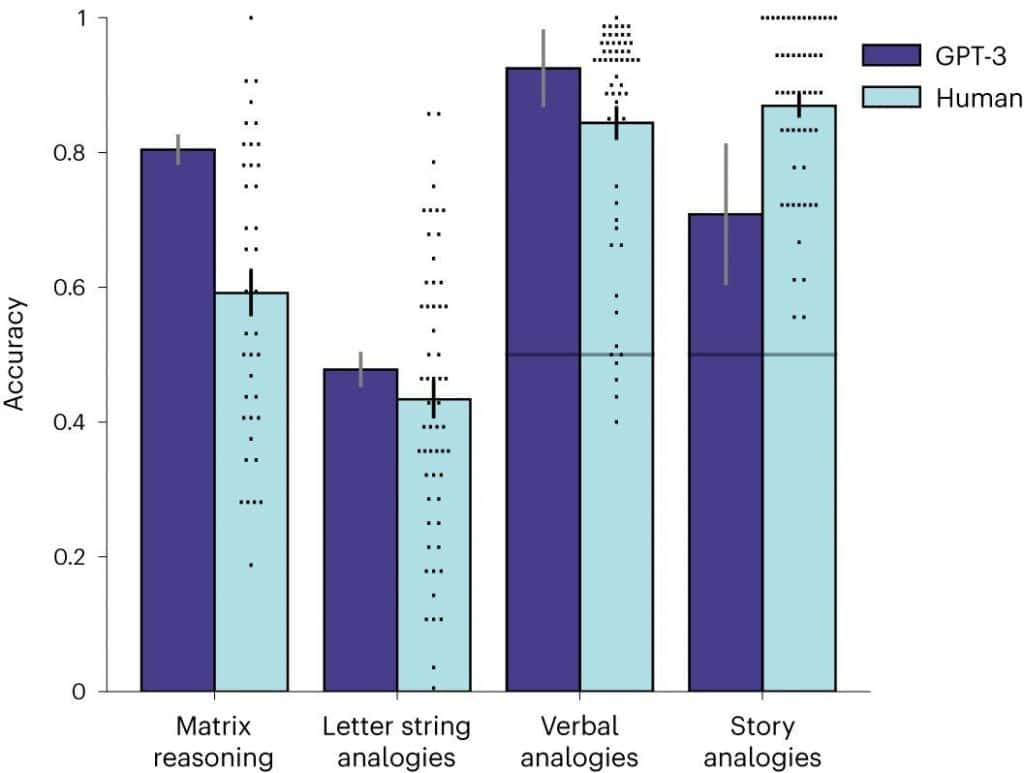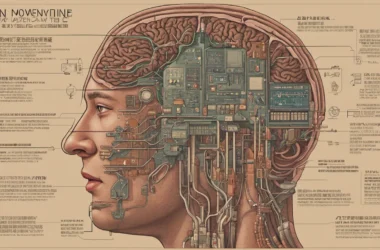A pioneering study conducted by the Computational Vision and Learning Laboratory, housed within the University of California, has cast light on the true capabilities of LLMs. Under the meticulous leadership of Professor Hongjing Lu, this research venture has garnered attention for its authoritative findings, as published in Nature Human Behavior’s recent issue under the title “Emergent Reasoning by Analogy in Large Language Models.“

Empowering LLMs
The crux of this revelatory discovery hinges on the empirical confirmation that LLMs at the caliber of GPT-3 and beyond have not only achieved parity with human problem-solving capabilities but have, in certain aspects, outpaced them. Notably, these capabilities extend to domains where LLMs are faced with:
Unveiling Analogical Reasoning
At the heart of human intelligence resides the quintessential capability of reasoning by analogy, a process that transcends mere mimicry. This innate ability to abstract, essential to human cognition, has long set human intelligence apart. It is within this context that LLMs’ demonstration of analogical reasoning takes on paramount significance. This accomplishment stands as a critical milestone toward achieving AGI, as it underscores a facet indispensable for AGI’s realization.

Resolving Lingering Debate
The study’s findings lay to rest longstanding debates that have pervaded the field of AI and AGI development:
- The nature of LLMs’ cognition – whether it mirrors human cognitive processes or merely emulates them.
- The extent to which LLMs’ “thinking” transcends statistical mimicry and embodies genuine cognitive engagement.
Key Implications
The implications of this research reverberate across multiple dimensions:
Elevating LLMs
Moreover, this study signifies a pivotal juncture by delineating three quintessential elements that would propel LLMs from humanoid semblances to intellectual parity with humans:
I. Autonomous Goals and Motivation: Ingraining LLMs with intrinsic motivations and objectives.
II. Long-Term Memory: Equipping LLMs with enduring memory capacities.
III. Multimodal Sensory Understanding: Instilling LLMs with a physical comprehension of the world, rooted in multifaceted sensory experiences.
The dynamic interplay between computational intelligence and human cognitive uniqueness is poised to redefine the trajectory of AGI development, with tangible implications for diverse sectors ranging from technology to scientific inquiry.
The Telegram channel provided assistance for the article’s creation.
Source: mPost





